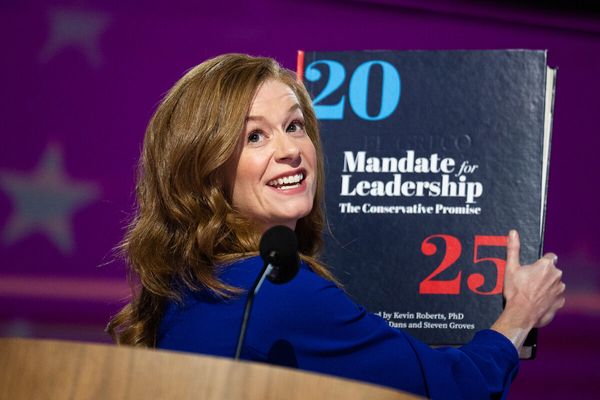New population projection statistics from the Office of National Statistics (ONS) project that the UK will grow by 7.3 percent in the decade up to 2032.
This net growth of 4.9 million people is forecast to be entirely made up of migration, with the number of deaths projected to catch up the number of births in the UK.
In fact, from 2030 onwards, the ONS forecasts that deaths will exceed births in the UK.
The UK’s fertility rate is already sinking, but is projected to hit a low of 1.41 per woman over her lifetime in 2027; and stay at that rate for nearly a decade. Fertility rates in the the UK have dropped faster than any other G7 nation since 2010, plummeting by nearly 25 per cent.
Reacting to the figures, prime minister Sir Keir Starmer ruled out an “arbitrary” cap on migration, but said a plan would be put in place to end the “staggeringly high migration numbers”.
So what does this mean for the UK population, in numbers and figures?
A growing population
The population is projected to pass 70 million people by 2027, and 75 million by 2042, according to ONS estimates.
The projections show that we are currently in the midst of the greatest rate of population growth.
Growth was set to peak at 890,000 in 2023, according to ONS projections, and is set to to subside gradually but remain above 400,000 people per year until 2028.
The entirety of this growth will be made up of net migration, particularly from 2029 onwards when the death-birth rate stagnates.
The UK’s growth rate is projected to be at a record high in 2025, before gradually decreasing with an annual growth rate of 0.44 per cent at 2032.
Over the decade between 2022 and 2032, the population is projected to increase by 7.3 per cent.
This is not substantially higher than growth in the past decade (between 2012 and 2022) which was at 6.9 per cent.
The previous decade saw population growth of 7.2 percent.
By comparison, the total EU population is projected to steadily decrease over the next few decades.
Between 2025 and 2035, the EU is projected to lose 1.2 million people overall, according to Eurostat.
This varies significantly from country to country, with some like Switzerland growing and others like Greece shrinking.
Immigration
Net migration will make up the bulk of UK’s population growth, according to ONS projections.
High levels of migration will subside in the next few years, but projections assume that net migration will remain stable at 340,000 from 2028 onwards.
In the decade between 2022 and 2032, approximately 5 million people are projected to leave the UK longterm.
Some 9.9 million people are expected to immigrate longterm.
These migration projections should be interpreted as a “potential scenario”, says the ONS, advising that migration is “inherently uncertain and complex”.
The ONS projections do not breakdown possible migration by nationality or type.
However, the latest migration data shows that India, Nigeria and Pakistan are the top non-EU origin countries for migration to the UK.
Over 1 million people immigrated to the UK between June 2023 and 2024 from non-EU countries, while EU to UK migration was 115,000 in the same period.
For the year up to September 2024, over 453,000 people were granted work visas, with 17 percent of these being temporary worker visas. Some 443,000 people were granted visas to study in the UK.
The Ukrainian visa schemes saw just over 24,000 visas granted, a substantial drop from the previous year.
Life and death
A major reason why migration will drive population growth is the UK’s natural population decline.
From 2029 onwards, there are projected to be more deaths in the UK than births.
17,000 more people are projected to die than be born in the decade between 2022 and 2032.
This gap is forecast to widen continuously as the years go on.
Without net immigration, the UK’s population would be in decline from 2029. Under current projections, this may not occur until 2095.
A falling population could pose economic challenges in terms of productivity, a shrinking working-age population, and pension difficulties.
Fertility dropping fastest in the G7
Behind this imbalance in birth rates and death rates is a shrinking fertility rates.
Fertility rates are the average number of children a woman gives birth to over her lifetime, in each country.
The UK’s fertility rate was at just 1.44 children per woman in 2023, the latest available year; which is the lowest rate on record.
However, ONS projections suggest that low fertility will only get worse.
The fertility rate will drop to 1.42 children per woman this year in 2025, and stagnate at 1.41 in 2027.
Already, the UK has had the most dramatic fall in fertility rates of any G7 nation.
Between 2010 and 2023, fertility rates dropped by a significant 25 per cent, from 1.92 to 1.44 children per woman.
At the same time, other G7 nations also saw declines in fertility, though to a lesser extent.
The UK still has a higher fertility rate than both Japan (1.2) and Italy (1.2), the latter of which saw a 20 percent drop in fertility since 2010.







